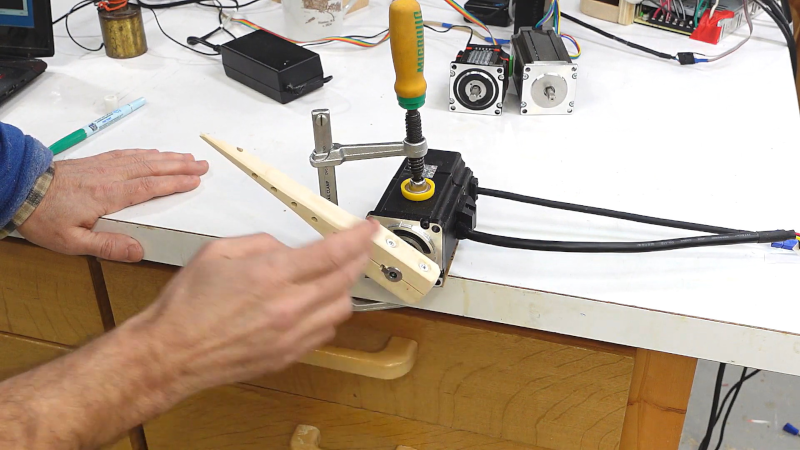A Markov chain is a mathematical concept of a sequence of events, in which each future event depends only on the state of the previous events. Like most mathematical concepts, it has wide-ranging applications from gambling to the stock market, but in this case, [Jonghong Park] has applied it to art.
The installation, known simply as ‘bit’, consists of four machines. Each machine has two microswitches, which are moved around two wooden discs by a stepper motor. The microswitches read bumps on the surface of the disc as either a 0 or 1, and the two bits from the microswitches …read more
Continue reading ‘Bit’ Installation Combines Art, Markov Chains→

